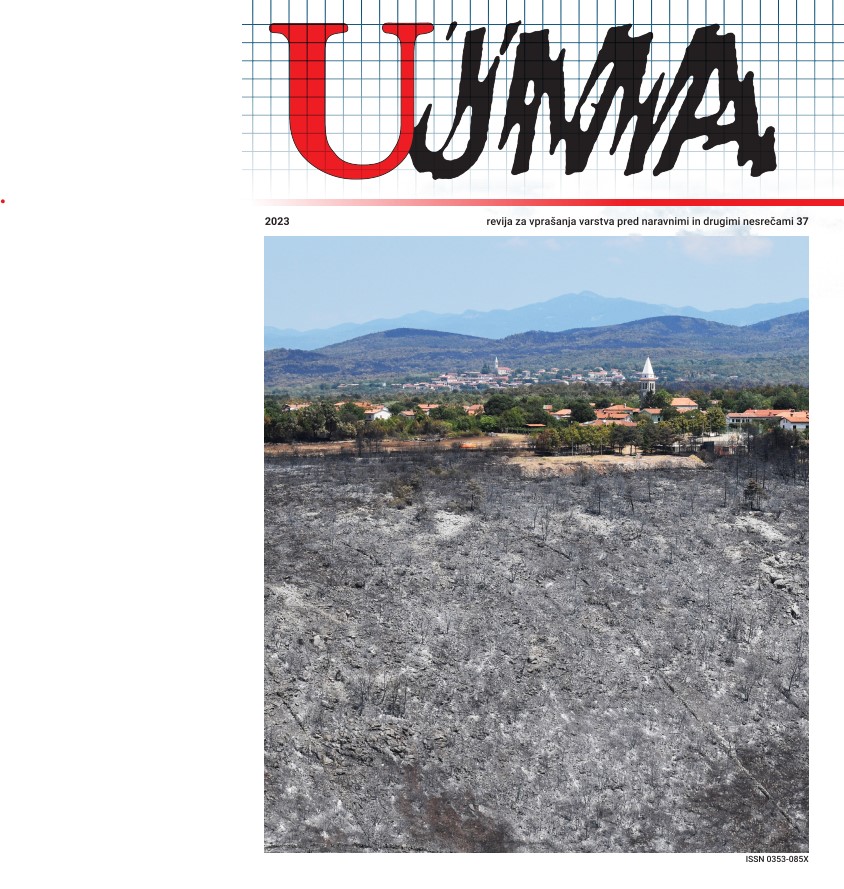GLOBAL CLIMATE CONDITIONS IN 2022
Abstract
The global average temperature in 2022 was 1.15°C higher than in the pre-industrial era and among the six highest on record, despite the presence of la Niña, which persisted in 2022. The relatively cold weather with abundant rainfall over eastern Australia is a feature normally associated with la Niña events. The eight warmest years on record globally occurred in the 2015–2022 period. There were no record high monthly temperatures globally, but June, July and August 2022 were ranked among the three warmest. Levels of carbon dioxide, methane and nitrogen oxides were the highest on record. Ocean energy accumulations have reached record levels. Average sea levels were also at record highs. Glaciers melted faster than usual. During the summer, extreme heat waves hit parts of China and Europe, claiming thousands of lives. In East Africa, rainfall was below average for the fifth rainy season in a row, which is the longest such period in the last four decades. Record rainfall in July and August caused widespread flooding in Pakistan. The size of the ozone hole over Antarctica was similar to the previous two years. The Arctic sea-ice extent was below the long-term average for most of the year.
References
Cegnar, T., 2017. Podnebne razmere v svetu leta 2016. Ujma, št. 31, letnik 2017, str. 8–15, ISSN 0353-085X. http://www.sos112.si/slo/page.php?src=/ujma/article_2017.html.
Cegnar, T., 2018. Podnebne razmere v svetu leta 2017. Ujma, št. 32, letnik 2018, str. 8–21, ISSN 0353-085X. http://www.sos112.si/slo/page.php?src=/ujma/article_2018.html.
Cegnar, T., 2019. Podnebne razmere v svetu leta 2018. Ujma, št. 33, letnik 2019, str. 8–23, ISSN 0353-085X. http://www.sos112.si/slo/page.php?src=/ujma/article_2019.html.
Cegnar, T., 2021. Podnebne razmere v svetu v letih 2019 in 2020. Ujma, št. 34-35, letnik 2021, str. 12–33, ISSN 0353-085X. https://www.gov.si/assets/organi-v-sestavi/URSZR/Publikacija/Ujma/2020/2021/Podnebne-razmere-v-svetu-v-letih-2019-in-2020. pdf.
Cegnar, T., 2022. Podnebne razmere v svetu leta 2021. Ujma, št. 36, letnik 2022, str. 8–30; ISSN 0353-085X. https://www.gov.si/assets/organi-v-sestavi/URSZR/Publikacija/Ujma/2022/ujma-02.pdf.
Copernicus, 2023, Atmosphere. https://atmosphere.copernicus.eu/three-peculiar-antarctic-ozone-hole-seasons-row-what-we-know (1. junij 2023).
Copernicus, 2023, Climate Change Service. European State of the Climate 2022. https://climate.copernicus.eu/esotc/2022 (1. junij 2023).
Copernicus, 2023, Climate Change Service. https://climate.copernicus.eu/climate-bulletins (15. maj 2023).
Environment Canada, 2023, Select Ozone Map. shttps://exp-studies.tor.ec.gc.ca/cgi-bin/clf2/selectMap (15. junij 2023).
IPCC, 2018, Special report: Global Warming of 1.5º, Summary for Policymakers. https://www.ipcc.ch/sr15/chapter/summary-for-policy-makers/.
UNFCCC, 2016. First steps to a safer future: Introducing The United Nations Framework Convention on Climate Change. https://unfccc.int/essential_background/convention/items/6036.php.
WMO, 2023, State of the Global Climate 2022: WMO-No. 1316. https://library.wmo.int/doc_num.php?explnum_id=11593 (15. junij 2023).
World Glacier Monitoring Services, 2023. latest glacier mass balance data – world glacier monitoring service. https://wgms.ch/ (15. junij 2023).
Downloads
Published
Issue
Section
License

This work is licensed under a Creative Commons Attribution-NonCommercial-NoDerivatives 4.0 International License.
The articles are made available to the public under Creative Commons Attribution-NonCommercial-NoDerivatives 4.0 International (CC BY-NC-ND 4.0).


